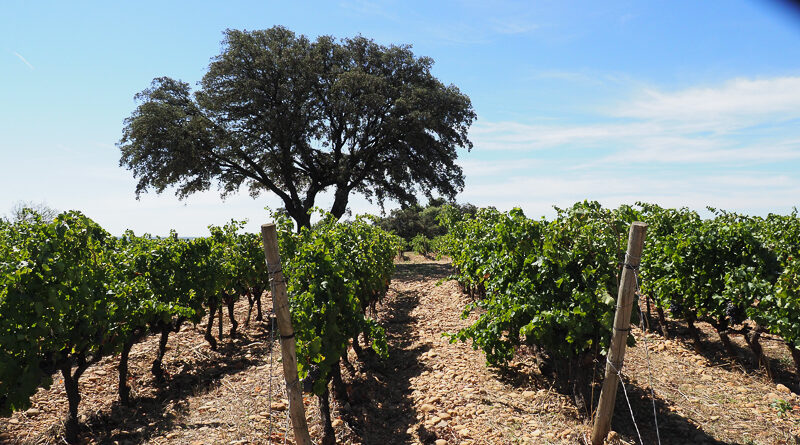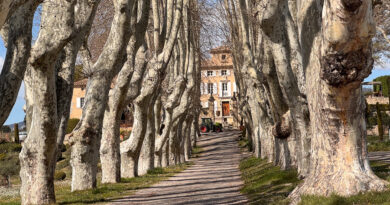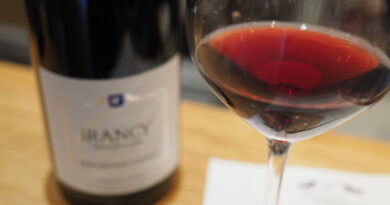How can wine regions combat rising temperatures?
Climate chaos is real. With highly irregular weather patterns, we are also seeing a warming trend across the world’s wine regions. The vine is very sensitive to climatic change, so what can vignerons do to counter elevated temperatures and increased risk of drought? Here are some options.
Changing the varietal mix
Planting varieties better suited to warmer conditions is one long-term option. These would include longer cycle grape varieties and those with better drought resistance. But for many regions this isn’t easy to do, because the grape variety or varieties grown are part of the regional identity. One option here is clonal selection, because this maintains varietal identity. In terms of new vine material, this could be through breeding programs, or through trawling through existing catalogues of varieties. Bordeaux, for example, recent approved some new varieties on an experimental basis, including Touriga Nacional, with disease resistance and climate change in mind.
Rootstocks
Often forgotten, rootstocks are important viticultural tools, and can help with better drought resistance and lower vigour (smaller canopies need less water). There’s a big problem in the world of wine because everyone seems to be using the same limited pool of rootstocks, most of which were developed over a century ago. It’s an area that could benefit from some innovation.
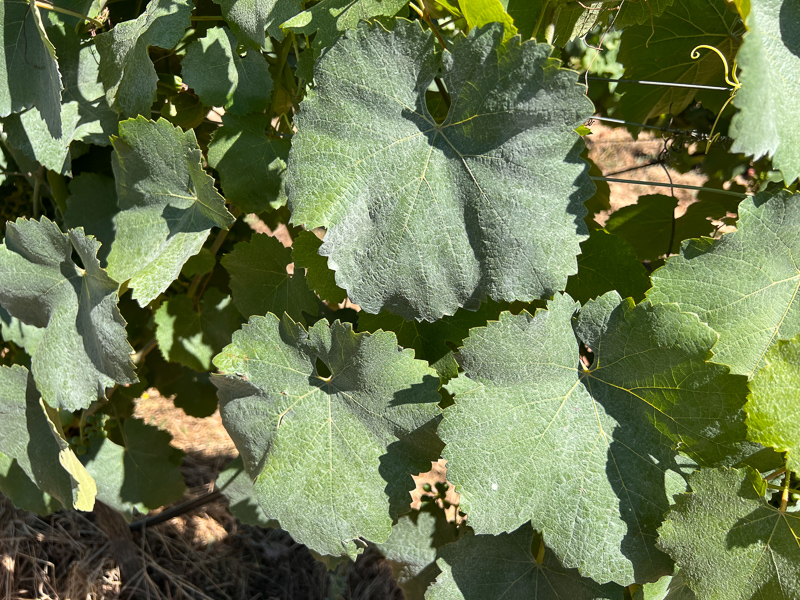
Kaolin
Kaolin is a clay that is applied to foilage, acting as a sun screen. This is a clay-like material which is sprayed on vineyards prior to a heat event – or which can even be used prophylactically in hot regions. The kaolin works by significantly reducing leaf temperatures, which enables them to carry on photosynthesising longer, and protecting the leaves and fruit from sunburn. The use of kaolin in agriculture dates back to the 1930s, but it has only recently been applied to grape vines. Kaolin is supplied as a wettable powder, which is then diluted with water and sprayed. The particles need to have a diameter of less than 2 μm and should spread on application to make a uniform film.
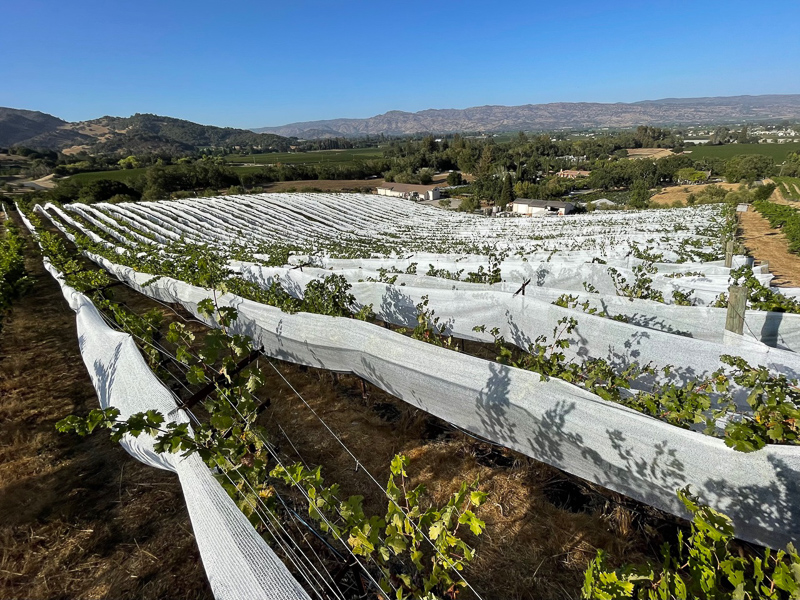
Shade netting/cloth
One of the perils for viticulture in warm climates, or in abnormally hot vintages, is the risk of sunburn. Red grapes in particular can get very hot in direct sun, and as ripening approaches this can cause problems. If the vines are heavily water stressed, then they often lose their basal leaves, exposing clusters to full sun. The problem is particularly acute when vine row orientation is North-South, because this leaves one side of the canopy exposed to the afternoon sun, when temperatures are usually higher. One response to this risk of too much sun exposure has been to use shade cloths. The experimental work on these has yielded encouraging results.
Irrigating during heat spikes
This cools down the canopy, and helps prevent leaf loss in the fruiting zone. Switching the irrigation on during a heat spike can be protective, especially for younger vines with shallow root systems.
Modified irrigation strategies
Irrigating in fewer large bursts rather than more shorter ones. This means that the water gets down further in the soil profile, mimicking what happens with rain. Otherwise root growth is all in the top level of the soil and the vine is more vulnerable to drought. Also, only begin irrigation when it is really needed, to avoid growing a big lush canopy: keeping the canopy smaller helps with disease resistance and requires less water to maintain.
Trellising changes
Bush vines are ideally suited to warm climates: the smaller canopies need less water to maintain them, and the developing fruit sees dappled sunlight. But not all varieties do well as bush vines. Syrah struggles because fragile stems can snap. An alternative is to not grow the vine as a vertically shoot positioned canopy, but instead let it sprawl a bit, like the single-wire umbrella spread often used in Australia. Again, this allows dappled light to reach the fruit.
Mulching
Soil temperatures in southern European wine regions can easily reach 50 C. The presence of mulches can keep soils from these damaging temperatures and also help conserve soil moisture. One way of mulching is crimping but not mowing the cover crop or native vegetation in the row some time after the growing season has started.
Increasing soil organic material
Increasing the organic matter in the soil increases soil water holding capacity. Having things growing in the soil does this, and also helps with soil structure, so that when it rains the water infiltrates and doesn’t run off.
Agroforestry
One recent trend has been to grow trees in vineyards. Typically, these will be part of a hedgerow running through the vineyard acting as biological corridors. It takes a while for the trees to grow to full height, and the species used need to be chosen carefully, but they can help provide shade as well as increasing biodiversity. There is growing interest in this, particularly in France.

